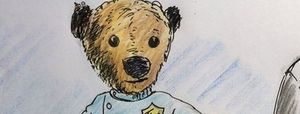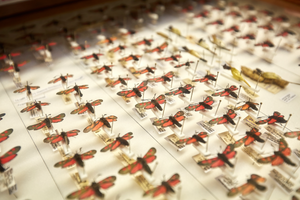Part 2
In January 2020 we were delighted to show the photographic work of Levon Biss at the Willis Museum, Basingstoke. His breath-taking insect images inspired us to bring out some of our invertebrate collections to display alongside his work.
In the second exhibition spotlight on Microsculpture, we touch on why the survival of insects and protection of our eco-systems are vital now more than ever.
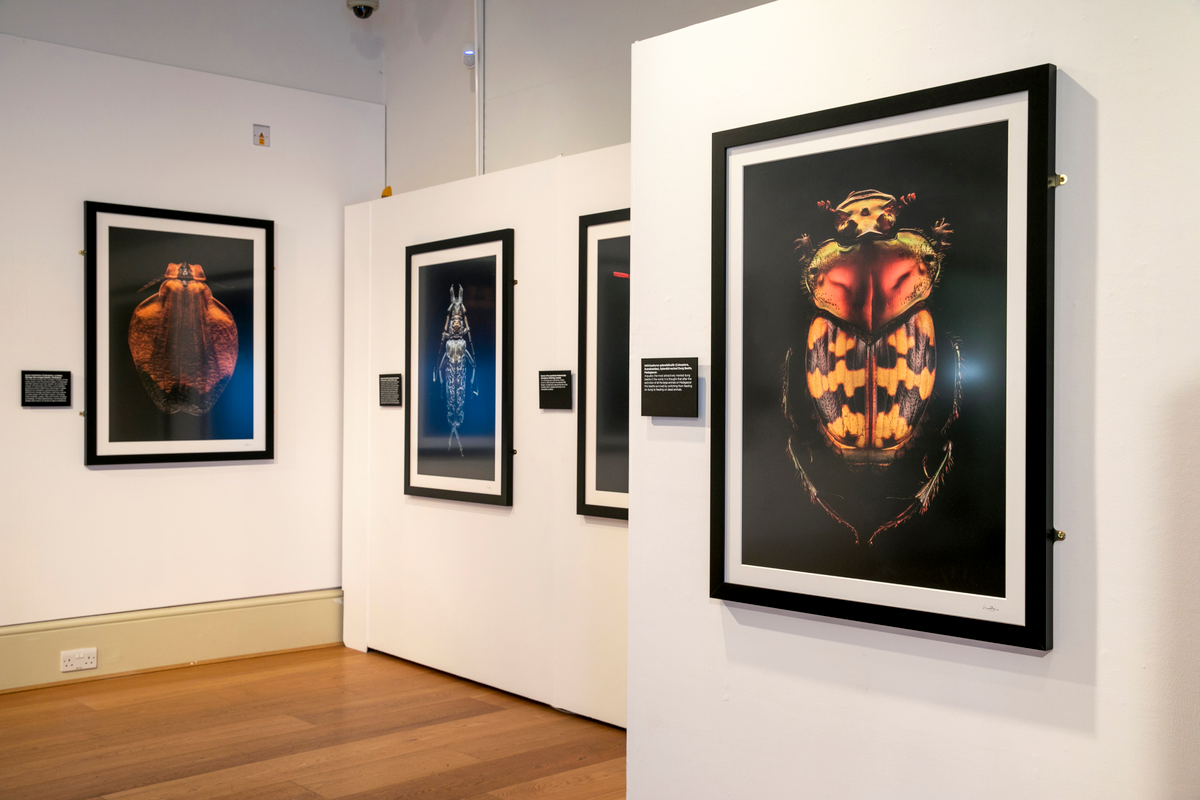
Humanity is waking up to the importance of insects. It is easy to walk through the world surrounding us without realising that we share our living space with thousands of different insect species. They play significant roles in the functioning of the planet’s ecosystems, recycling nutrients by consuming leaf litter, wood and dung, and they are vital in plant propagation, pollination and seed dispersal. Insects are also crucial in the food chain and can even help control plagues of other insect species. Earth’s ecological balance is intertwined with our insect populations. If we are to protect our environment we need to know what is there, which species are thriving and which are under threat. Collecting samples is an important part of that work to identify and record what is present.
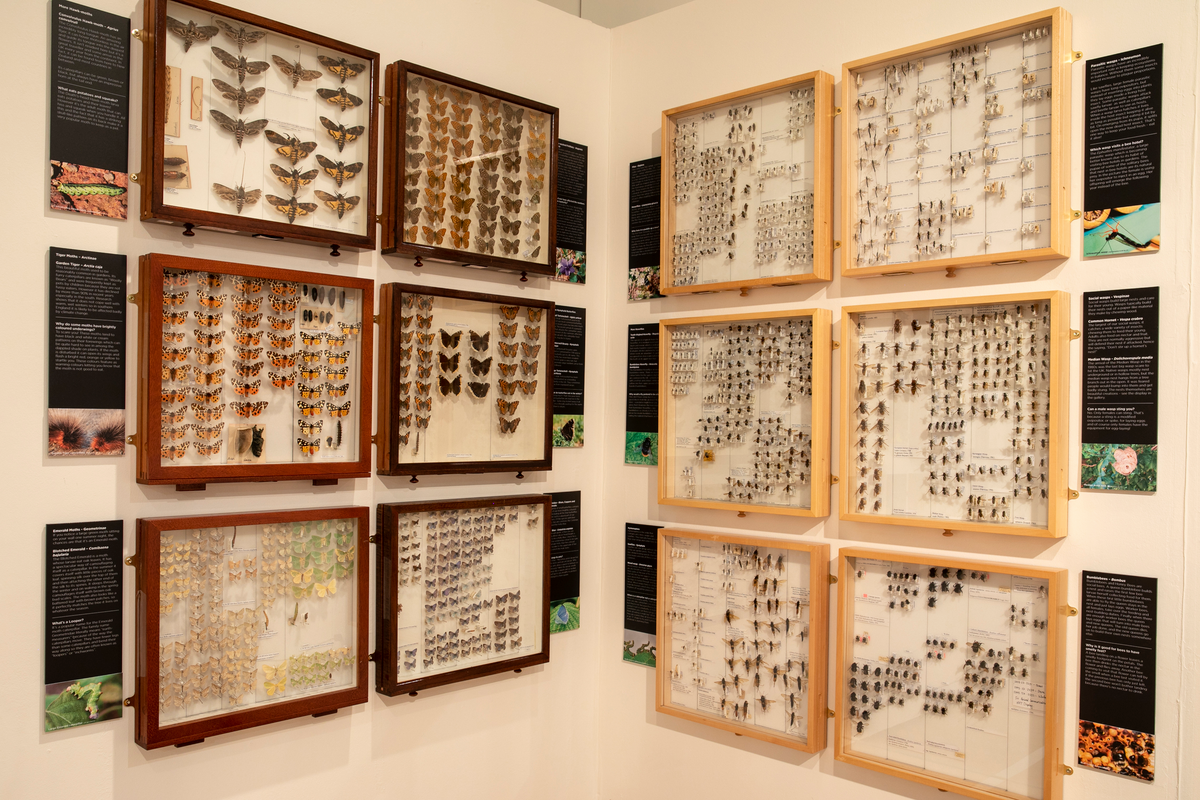
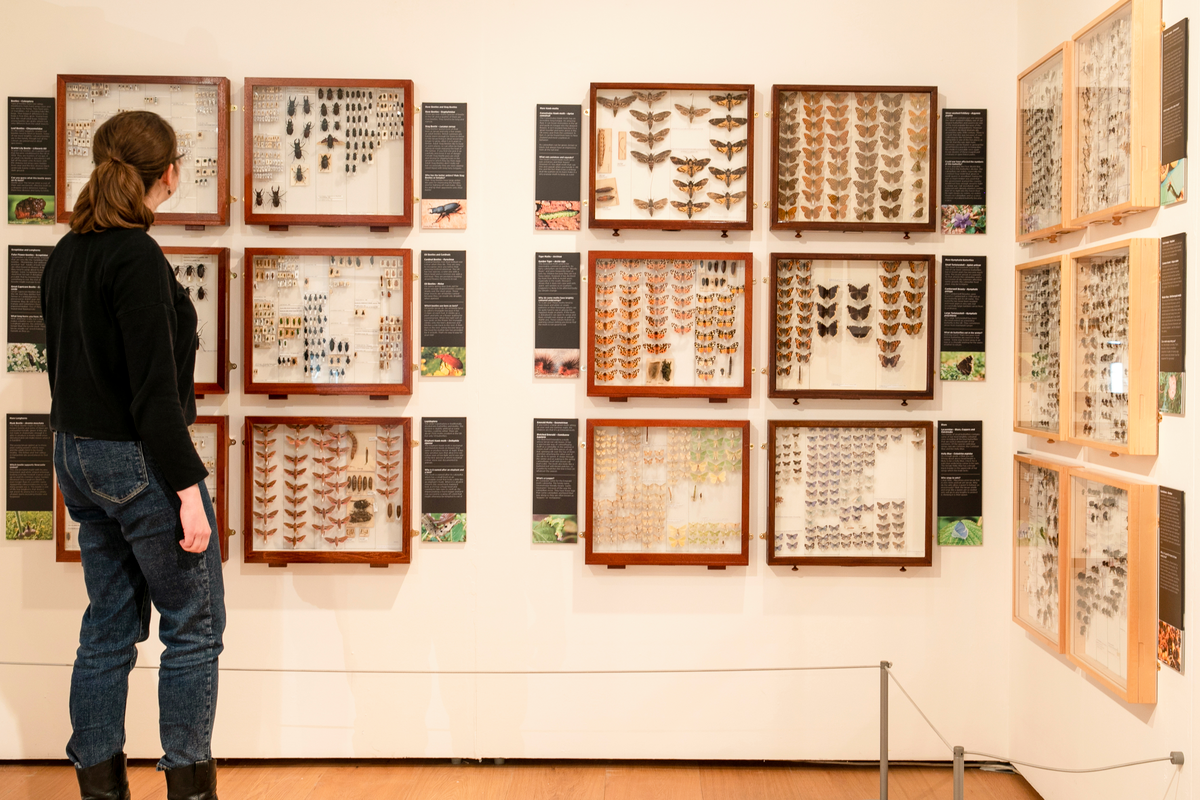
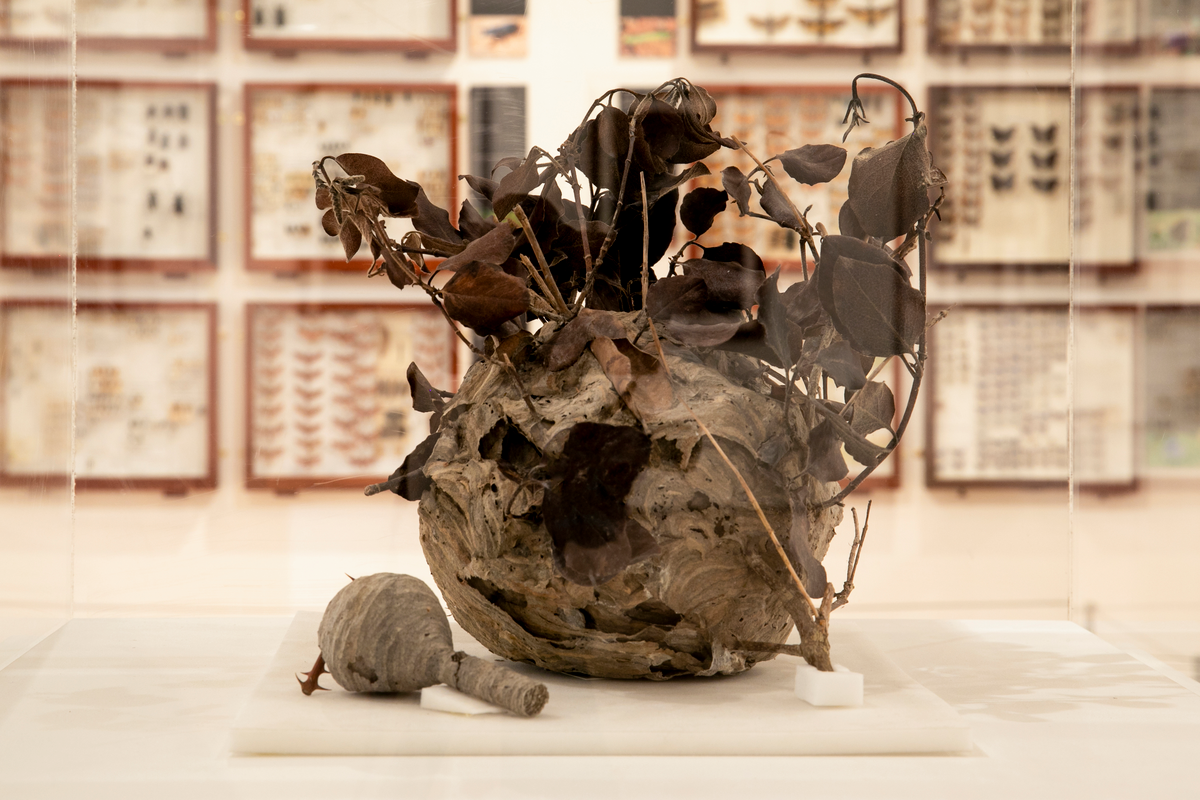
Hampshire Cultural Trust cares for and maintains an invertebrate collection containing over 120,000 specimens representing over two thirds of species so far recorded in the United Kingdom. The collection is acknowledged as an important regional resource for reference and scientific study. Insect specimens, with good supporting information, provide evidence for the occurrence of a species at a particular place and time long term data analysis.
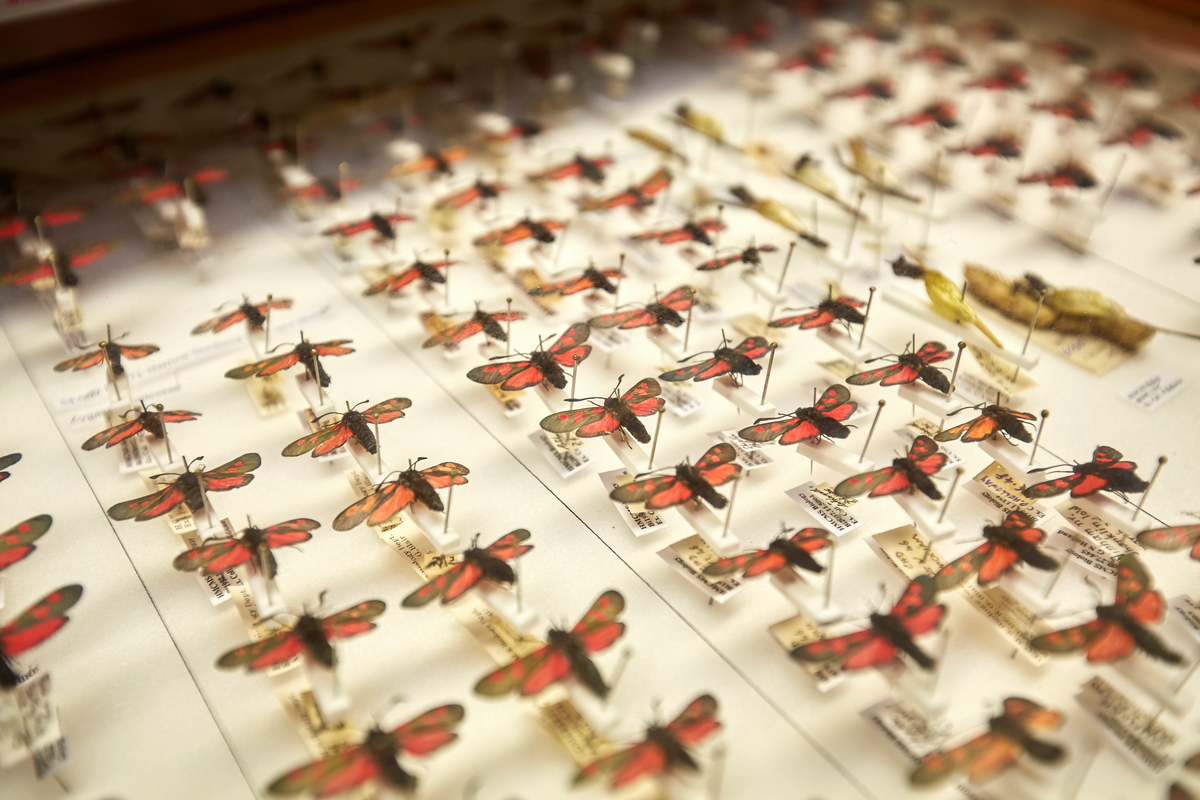
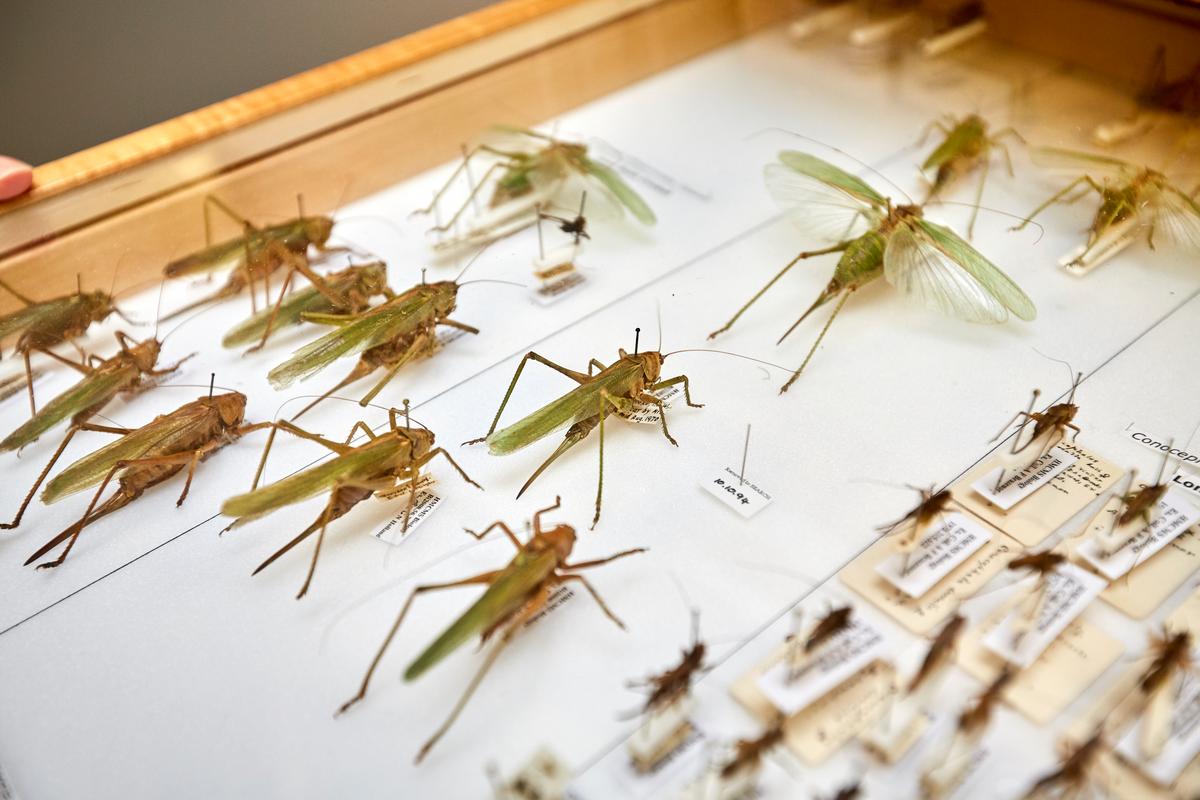
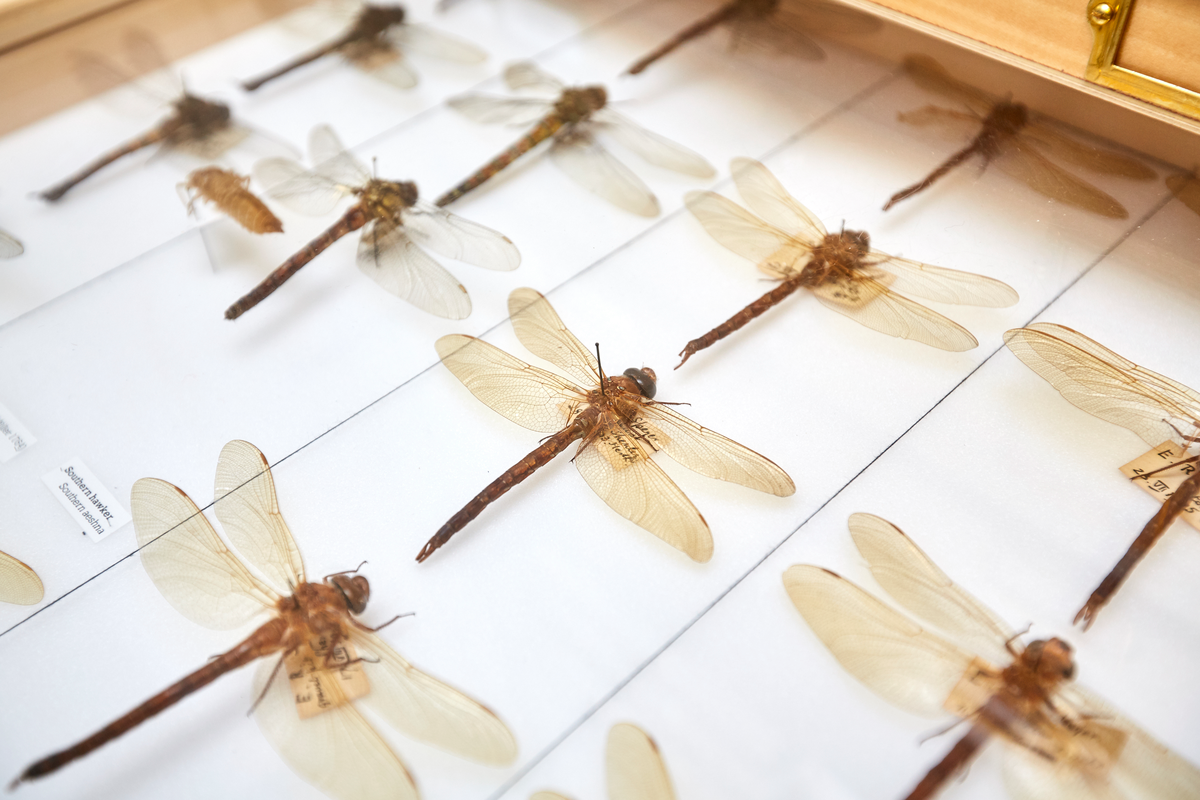
Why not join in? It is easier than ever to become an amateur insect expert. There are identification guides online to thousands of our native species available to use free of charge. Experts will help you identify many species from your photos if you upload them and you can join the multitude of recorders keeping note of which creatures live on your doorstep.
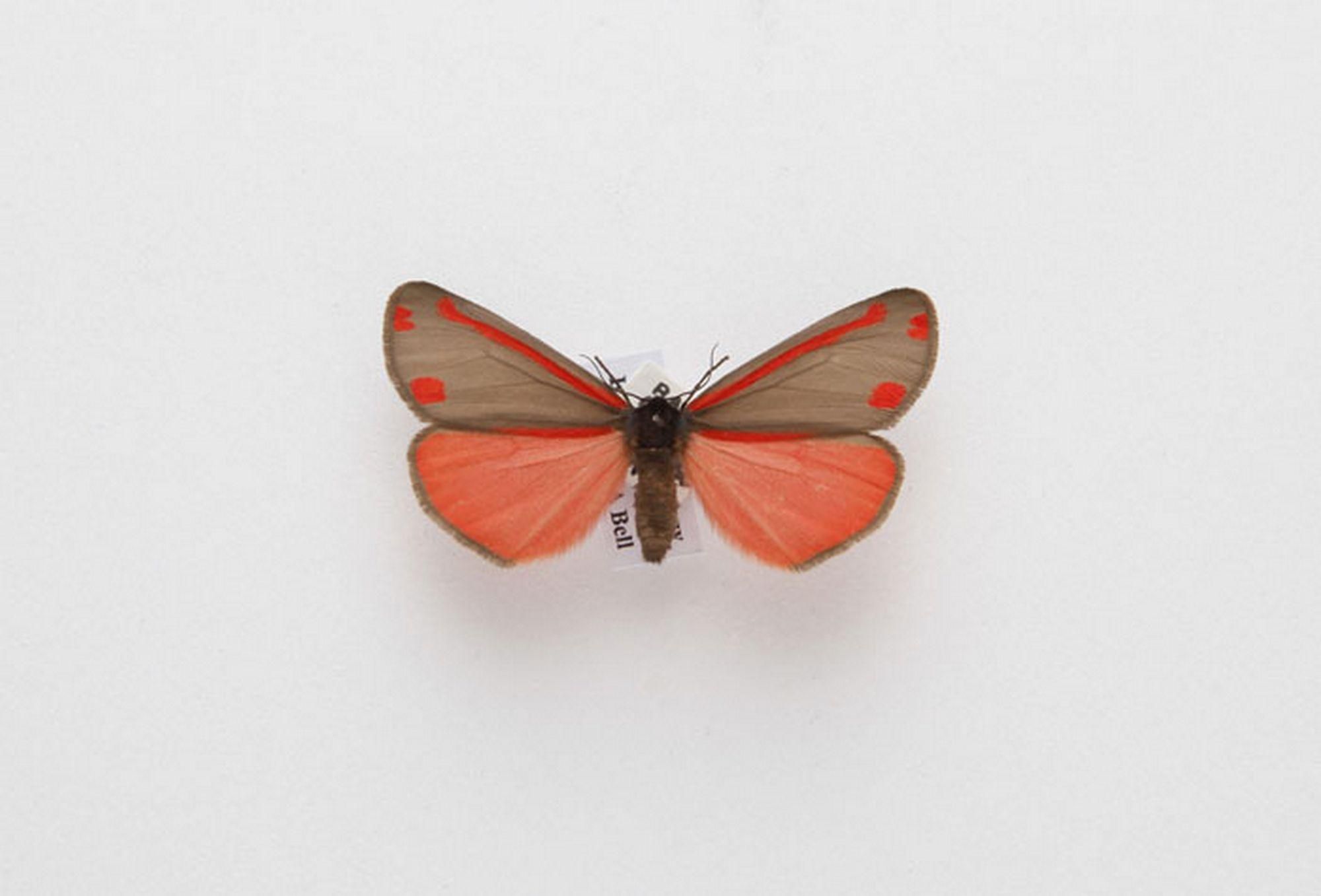
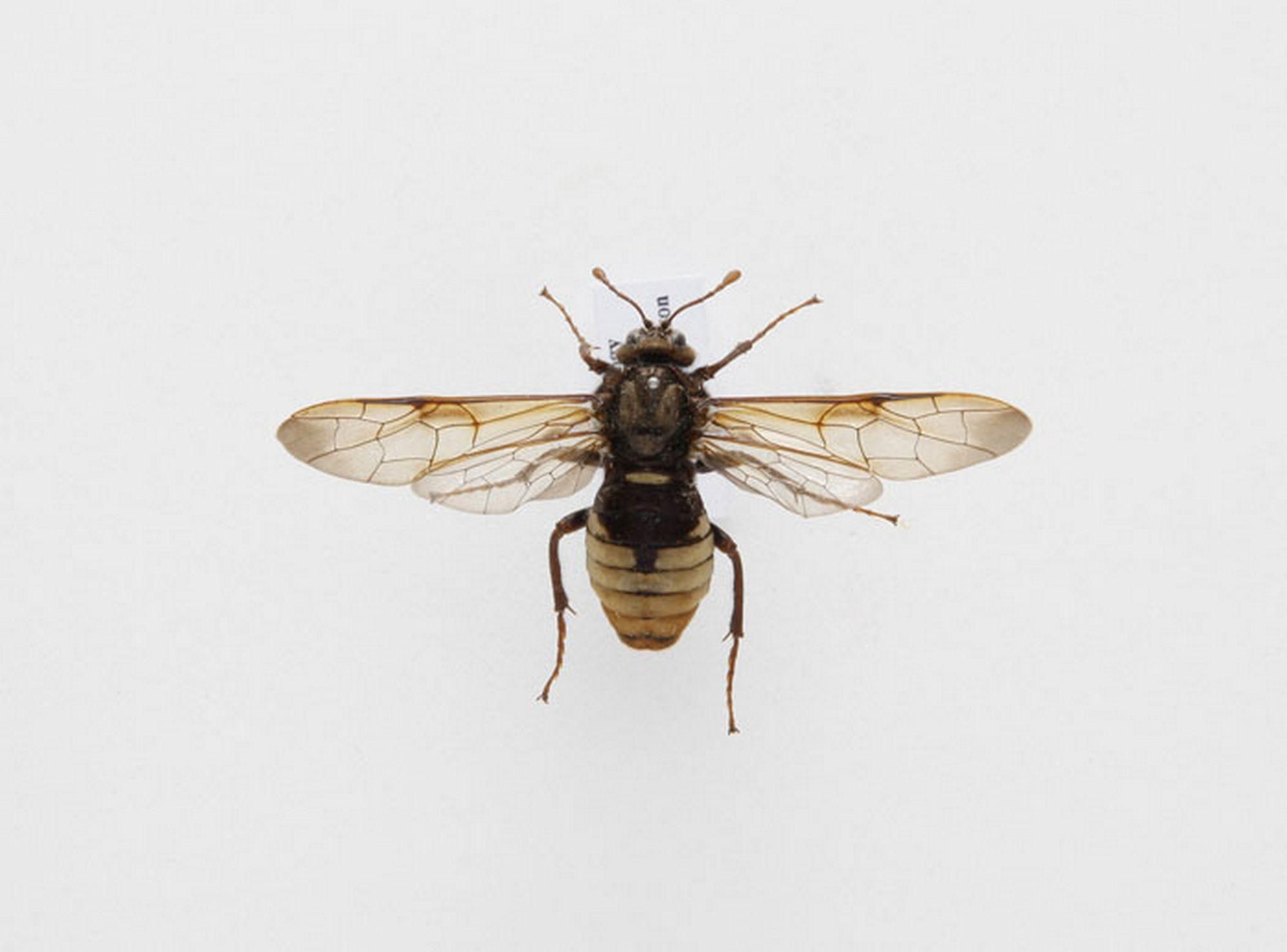
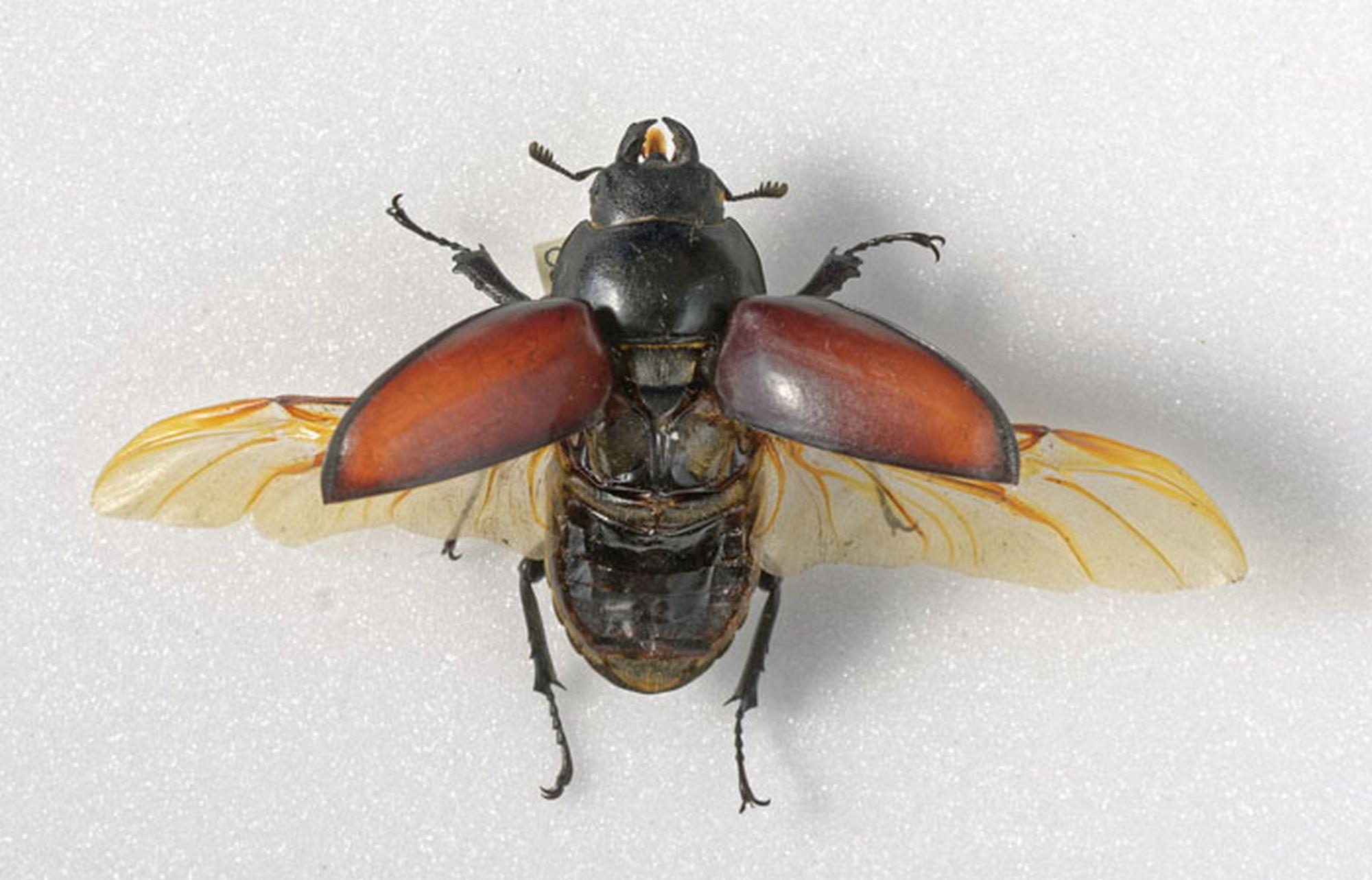
There are many ways to support insects in the habitats around us. Try some of these tips to encourage new species to come and live in your garden (with permission of course!).
Plant native plants. Our native flora and fauna evolved together and have developed close associations so try where possible to plant native species.
Stop using chemicals. Many pesticides are indiscriminate and however carefully you use them they kill a wide range of insects and can reach lethal levels for other animals.
Dig a pond. A pond can provide a wide range of habitats for insect life and will be colonised quickly. Avoid putting fish in though as they will eat the insects!
Build a log pile. Bury the bottom third of the log pile in the ground for the insects that eat dead wood. If logs are too big try creating a smaller bug hotel.
Make a compost heap. Not only will this reduce domestic waste and provide compost and nutrients for the garden it is also a haven for wildlife.
Create a mini meadow. Try leaving one area of the garden, even a small patch, untouched. Long grass and native wildflowers provide a great refuge for bug life.
Make a nectar bar. Considering planting schemes that include plants rich in nectar that will attract nectar feeding insects such as butterflies, bees and hoverflies.
Click here for an Insect Week activity.
On Friday, we'll take a closer look at just a tiny selection of some of the species we displayed at the Willis Museum.
If you have enjoyed Culture on Call and you are able to make a donation, any support you can give will help us keep people connected.


